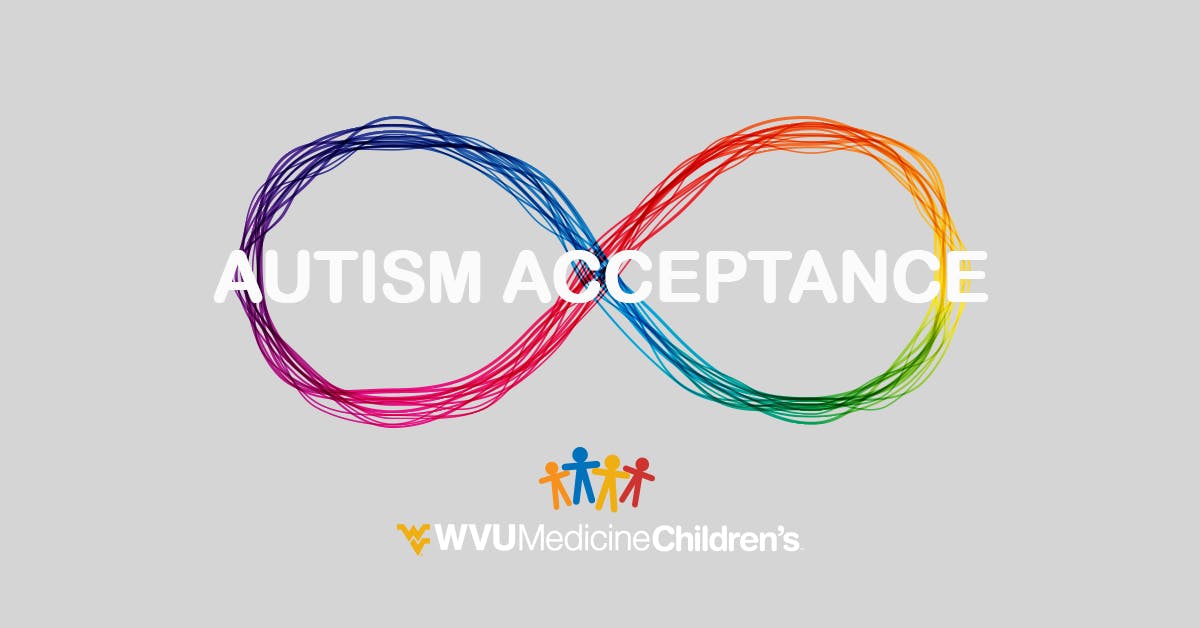The Influence of Very Early Intervention on Children with Autism: What Parents Required to Know
The Influence of Very Early Intervention on Children with Autism: What Parents Required to Know
Blog Article
Recognizing Autism: A Comprehensive Guide to Symptoms And Signs
Autism Range Condition (ASD) includes a wide range of qualities that can significantly impact a person's social communications and daily performance. Recognizing these nuances not only aids caregivers and instructors in giving proper assistance but additionally fosters a more inclusive setting for individuals with ASD.
Review of Autism Range Disorder
Specifying Autism Spectrum Disorder (ASD) involves acknowledging it as a complicated neurodevelopmental condition characterized by a variety of challenges in social interaction, communication, and behavioral patterns. The term "spectrum" mirrors the wide variability in symptoms and their extent, which can differ considerably from one person to one more. ASD normally manifests in early childhood, although some individuals might not receive a diagnosis until later on in life.
Elements affecting the development of ASD consist of ecological aspects and genetic tendencies, although the precise reasons stay under examination. Medical diagnosis typically depends on behavioral evaluations, as there are no clear-cut clinical examinations for ASD. Early treatment is crucial and can considerably enhance outcomes, focusing on boosting interaction abilities, social communications, and adaptive habits.
Individuals with ASD might also exhibit special strengths, such as exceptional focus to information or certain areas of know-how. Comprehending the complex nature of ASD is essential for fostering an inclusive setting that fits neurodiversity. Continued study is vital for establishing effective treatments and support systems, enabling people with ASD to prosper and meet their potential within culture.
Typical Signs of Autism
Recognizing the usual indicators of Autism Spectrum Problem (ASD) is crucial for very early recognition and intervention. These indicators can vary widely in extent and presentation, yet specific features are frequently observed in people with ASD.
One of one of the most common indications is a significant difficulty in maintaining and developing eye contact. Individuals might likewise exhibit minimal interest in social interactions and show a choice for singular play. Repeated actions, such as hand-flapping, shaking, or spinning things, typically arise early in childhood years. Additionally, some kids might establish stringent routines and end up being distressed if these regimens are disrupted.
Sensory level of sensitivities are additionally typical; people might underreact or overreact to sensory stimuli, such as lights, audios, or appearances. autism. Language advancement can be irregular, with some children displaying delayed speech or making use of language in unusual methods, consisting of echolalia-- duplicating sentences or expressions heard elsewhere
It is vital to keep in mind that not every individual with ASD will display all these signs, and the degree of these behaviors can differ substantially. Early acknowledgment allows for timely support and resources, boosting the top quality of life for those on the range.
Social Interaction Obstacles
Social interaction difficulties are a hallmark of Autism Spectrum Disorder (ASD), influencing an individual's capability to engage efficiently with others. These troubles can show up in numerous means, including challenges in initiating and maintaining discussions, understanding social cues, and responding appropriately in social interactions.
People with ASD might deal with nonverbal interaction, such as eye call, faces, and body movement. This can lead to misconceptions, as their communicative intent might not be appropriately translated by others. Furthermore, they might discover it tough to understand the nuances of tone and context, which are important for efficient communication.
In team setups, individuals with ASD might feel overwhelmed and might not know content exactly how to sign up with in conversations (autism). They may also display atypical conversational patterns, such as monologuing regarding specific rate of interests without identifying social reciprocity
Moreover, these obstacles can result in social isolation or problems in creating relationships, as peers might misinterpret their behavior or interaction design. Understanding these social interaction obstacles is essential for promoting helpful settings that promote social abilities development and improve the top quality of interactions for people on the autism range.
Sensory Sensitivities and Responses
Many people with Autism Range Problem (ASD) experience heightened sensory sensitivities that can substantially impact their daily lives. These sensitivities might show up as over-responsiveness or under-responsiveness to sensory stimuli, consisting of audios, lights, structures, tastes, and smells. An individual with ASD might discover daily noises, such as a vacuum cleaner or crowded environments, overwhelmingly traumatic, leading to stress and anxiety or crises. Alternatively, browse around this web-site some may display an indifference to discomfort or severe temperatures, which can position security issues.
Sensory processing differences in individuals with ASD can also affect their ability to engage in social communications and regular tasks. A youngster that is delicate to touch might resist physical affection or avoid particular clothing textiles. Additionally, a choice for sure structures or tastes can restrict dietary choices and create challenges during mealtimes.
Comprehending these sensory level of sensitivities is important for acknowledging the distinct experiences of people with ASD. Recognition of their sensory accounts can foster far better interaction and support strategies, developing a setting that suits their needs and enhances their lifestyle. Eventually, recognizing sensory level of sensitivities is an important element of comprehending the more comprehensive range of autism.

Sustaining Individuals With Autism
Efficient assistance for people with Autism Spectrum Problem (ASD) is vital for enhancing their overall wellness and promoting freedom. Assistance techniques must be tailored to fulfill the special needs of each person, considering their strengths and difficulties.

Social abilities training can likewise play an essential role. autism. Engaging individuals in group activities or role-playing situations can improve their capacity to browse social communications. In addition, it is vital to educate household participants, caretakers, and peers concerning ASD to promote a comprehensive and supportive area
Verdict
By fostering improved communication and social skills, individuals with autism can browse their environments extra effectively. Ultimately, boosted recognition and support can substantially boost the top quality of life for those affected by ASD.
Autism Spectrum Disorder (ASD) incorporates a vast variety of characteristics that can substantially impact a person's social communications and everyday functioning.Individuals with ASD may have a hard time with nonverbal interaction, such as eye contact, facial expressions, and body language.Many individuals with Autism Range Disorder (ASD) experience enhanced sensory sensitivities that can substantially impact their day-to-day lives.Sensory processing differences in individuals with check out here ASD can additionally impact their capacity to engage in regular activities and social interactions.Understanding these sensory level of sensitivities is essential for identifying the one-of-a-kind experiences of individuals with ASD.
Report this page